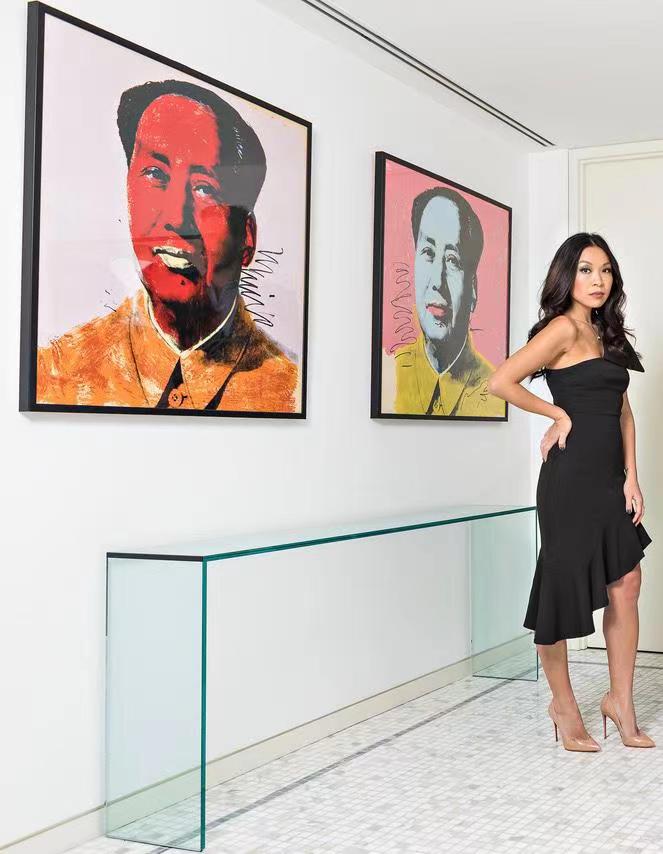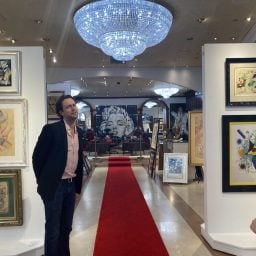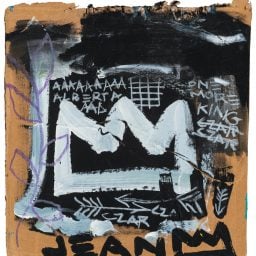“I grew up breathing art,” said Shanyan Koder. She is the eldest daughter of entrepreneur Canning Fok, known as Hong Kong’s “King of Employees,” who is both an art collector and a concert pianist. “We have always shared a passion for the arts together,” Koder recalls, “be it fine art, theater, opera, dance, or music.”
So it was only natural that the Hong Kong–based Koder made her career in the art world.
After studying English and law at Cambridge University, Koder was an analyst and then an associate partner at Goldman Sachs before leaving the financial sector to join Sotheby’s London, where she worked with Patti Wong, then Chairman of Sotheby’s Asia.
In 2010, Koder founded Hua Gallery in London to help promote contemporary Chinese art. Five years later, while turning the brick-and-mortar art space into an online platform, she founded Shanyan Koder Fine Art to source and purchase works by Impressionist and Modern masters for high-net-worth clients. She now also sits on the boards of several museums and has served as a council member of the Serpentine Galleries.
Most recently, Koder became the brand ambassador for the world’s first decentralized mobile NFT social platform, Artemis Market. To celebrate the partnership, Koder will launch her first exclusive, out-of-print digital art collection on the platform, including four unique self-portraits.
While expecting twin daughters, the mother of three spoke with Artnet News about her family’s collection, her homes between London and Hong Kong, and how her love of art has impacted her sense of style.
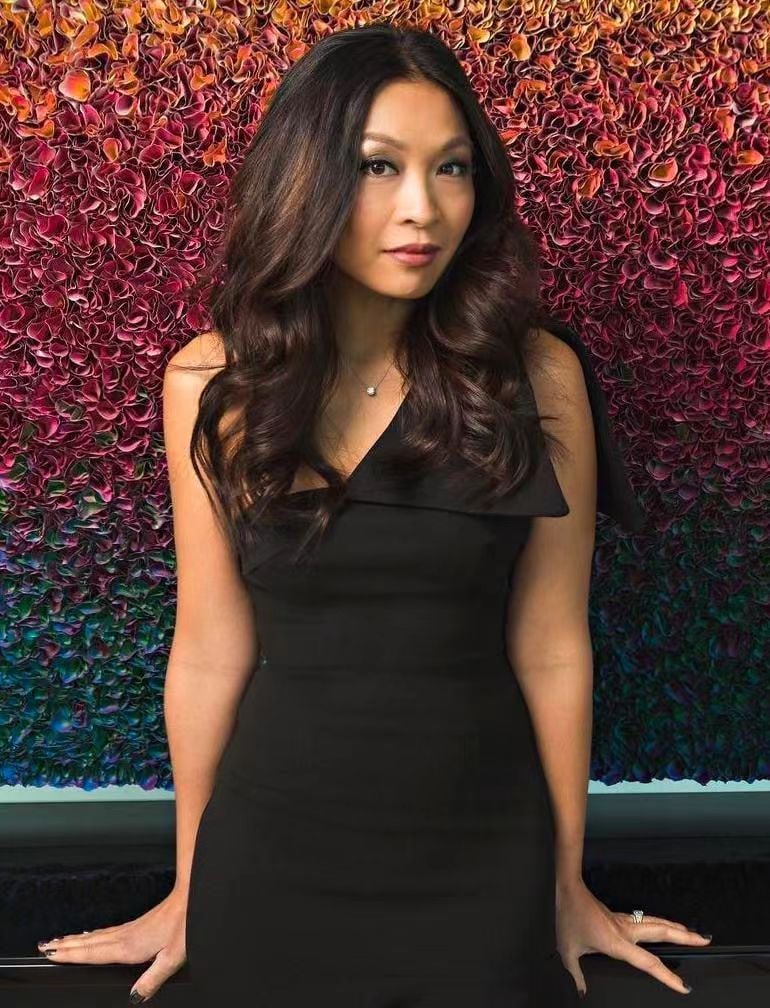
Shanyan Koder with a work by Chinese artist Zhuang Hong Yi. Courtesy of Shanyan Koder.
What was your first purchase? And what was your most recent purchase?
The first piece was Woman in the Bath, a beautiful and delicate charcoal on paper by Edgar Degas. It was a graduation gift from my parents. Since then my collection has moved from the Impressionist era to the Modern era; I now also enjoy collecting emerging artists in the contemporary art space.
My most recent acquisition was a painting from contemporary Bahamian artist Cydne Jasmin Coleby, whose work has been acquired by many prominent collections and museums.
Which works or artists are you hoping to add to your collection this year?
We have been looking for a suitable Lichtenstein for a while now. Basquiat or Warhol is always a good option for our family collection. I am [also] a big fan of Mark Rothko’s work, and one day I hope to own one.
What is the most expensive work of art that you own?
It depends on what the market values are! We own most of the Impressionist, Modern, Surrealist, and contemporary masters.
Where do you buy art most frequently?
I would say the auction houses have always been a popular purchasing platform for us.
Prior to [2020 I also] enjoyed attending gallery private views, museum exhibitions, and meeting artists in their studios to witness how they work in their environment. I travelled extensively and frequently, and would always make a point to see art.
[These days], however, we make a lot of decisions online. Social media has helped a lot as galleries and museums now use [those] platforms as a way to showcase new shows and artists.
Is there a work you regret purchasing?
Not really! We are happy with our collection
How do you like to display your artwork?
Most of our artworks are displayed in our residences across the world.
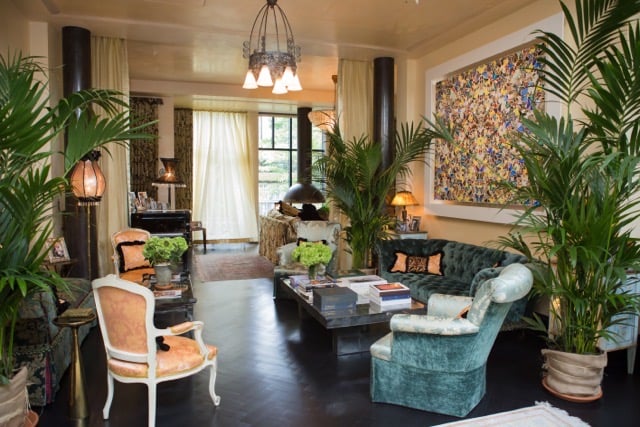
Inside Koder’s house in Chelsea, London, where Damien Hirst’s Eden hangs above the sofa. Courtesy of Shanyan Koder.
What work do you have hanging above your sofa?
In my London home, we have a beautiful Damien Hirst butterfly painting, titled Eden. It hangs above our sofa in our main sitting room.
What is the most impractical work of art you own?
Most of our works are domestic scale, which makes it easy to hang. I suppose our Damien Hirst butterfly painting is impossibly heavy!
What work do you wish you had bought when you had the chance?
I suppose I have been very fortunate in the way I collect art as I never had a wish list. We already own many of the masters that I have always dreamed of owning. When I collect it is often quite serendipitous; I enjoy the moment of [encountering] a work of art for the first time and being struck by its beauty and meaning. I enjoy the element of surprise, and the visual impact.
If you could steal one work of art without getting caught, what would it be?
It would be one of the Renaissance masterpieces! But fortunately, with the new technology of NFTs, I can now own a Leonardo Da Vinci or a Raphael masterpiece digitally.
What does art mean to you?
For me, art is and has always been a way of life, a guiding passion that has informed my senses for as long as I can remember. I connect with art on a spiritual, emotional level; it is soothing for me, and has always comforted me at a time of need.
Colors have always spoken to me—pastels in particular. One can never underestimate the power of the relationship between color and composition, such as those in a magnificent Rothko, or in Abstraktes Bild by Gerhard Richter.
When I appreciate art, it fuels my soul.
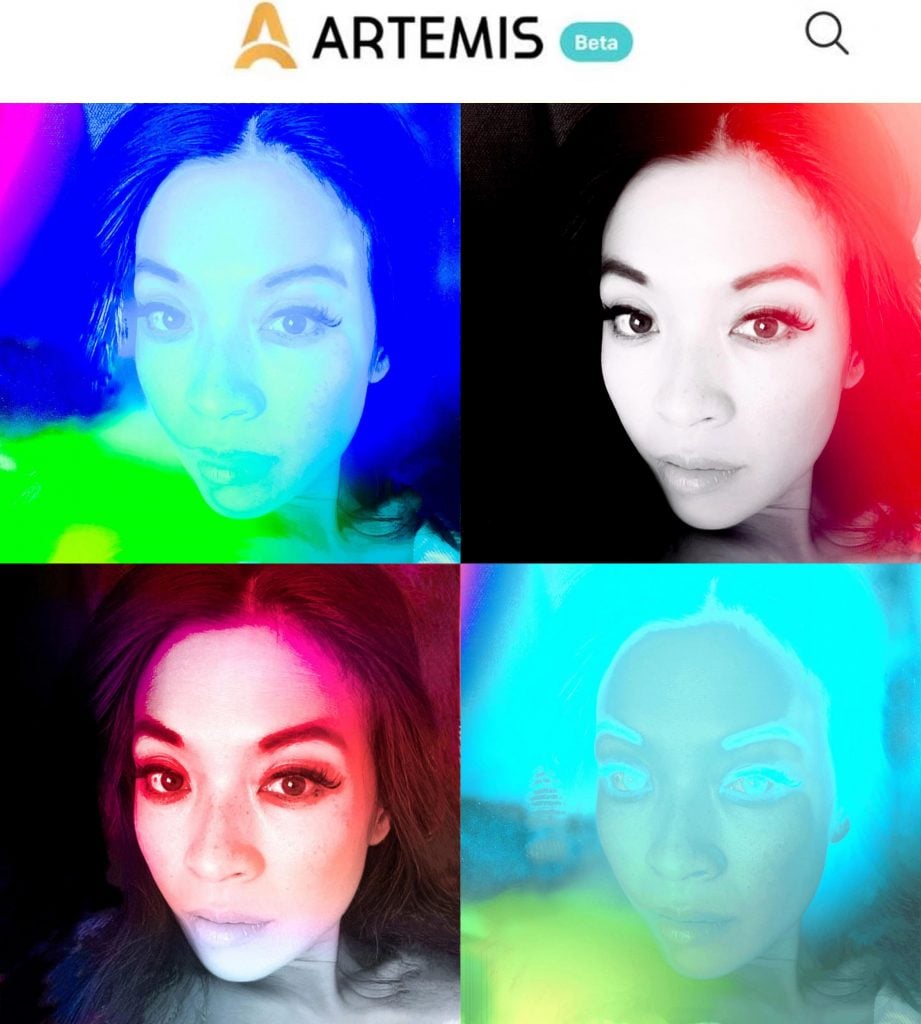
Koder’s NFT self-portraits, launched by Artemis Market. Courtesy of Shanyan Koder.
What does style mean to you? How do you define the relationship between art and style?
My sense of style is closely linked to my taste in fine art, inspired by the beautiful portrayals of the feminine body by Impressionists such as Renoir, Degas, and Matisse. I find their work sensual and elegant, feminine and classic. This definitely has had an impact. I love to embrace my femininity, my sensuality—this translates into fashion, jewelry, accessories, and so on.
As a gallerist and an art advisor, what advice would you give to new collectors?
I will share three pieces of advice I learned from the three most important figures in my art-collecting life: My father has always said, “Don’t get carried away chasing a work of art.” My art teacher always said, “Trust your instincts.” My husband always says, “Buy what you love.”
